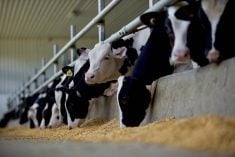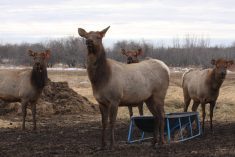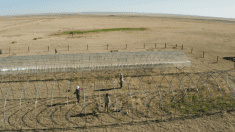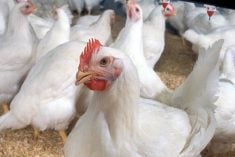Winnipeg, Jan. 4 – Prices for feed barley and wheat are unlikely to rally strongly anytime soon as farmers across Western Canada continue to dump supplies containing high concentrations of vomitoxin and fusarium into feedlots.
“Steady as it goes here is the tone,” said Allan Pirness of Market Place Commodities in Lethbridge, Alta.
“We’re looking to clean up the worst stuff here by spring time.”
He said barley is going for $160 per tonne or slightly more and feed wheat is a little weaker.
“So $150-$155 (per tonne for feed wheat) is the spread we’re seeing,” he explained.
Read Also
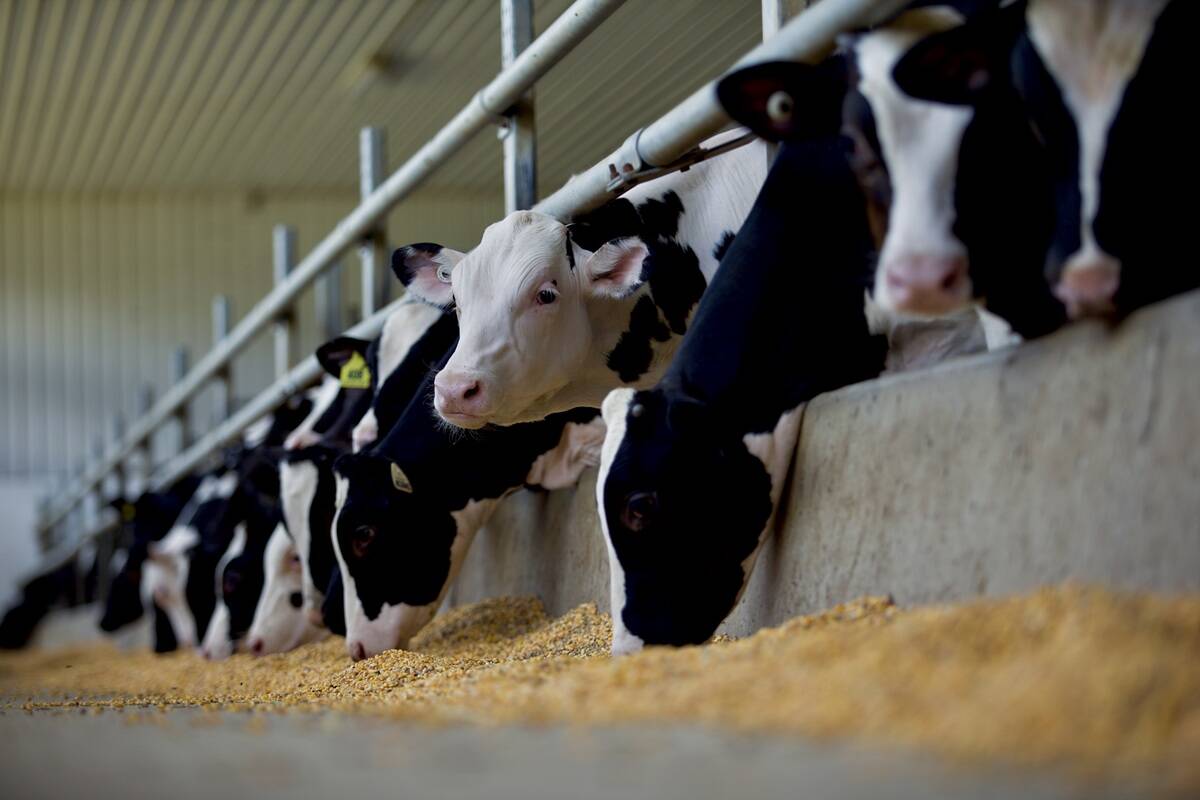
Confusion cleared on Canadian calf import changes
A Canadian Food Inspection Agency (CFIA) announcement on import regulations for feeder calves caused some confusion on the administrative side of Canada’s cattle industry earlier this month
“The feedlot price that the farmer should see is low $150s.”
He said the export value of the low-quality feed is unknown but there should be enough of it to keep the domestic market well supplied for a while.
“So far it hasn’t affected pricing drastically. I suspect that’s largely because for every load that doesn’t show up there’s two more looking for a home,” said Pirness.
He says barley faces the same hurdles as wheat when it comes to vomitoxin and fusarium but draws less attention.
“It’s just a smaller market, there’s fewer acres of barley than wheat so we don’t notice it as much,” he said.
“It’s just a steady grind, feedlot bids are not really going up even with the colder weather,” said Pirness.


